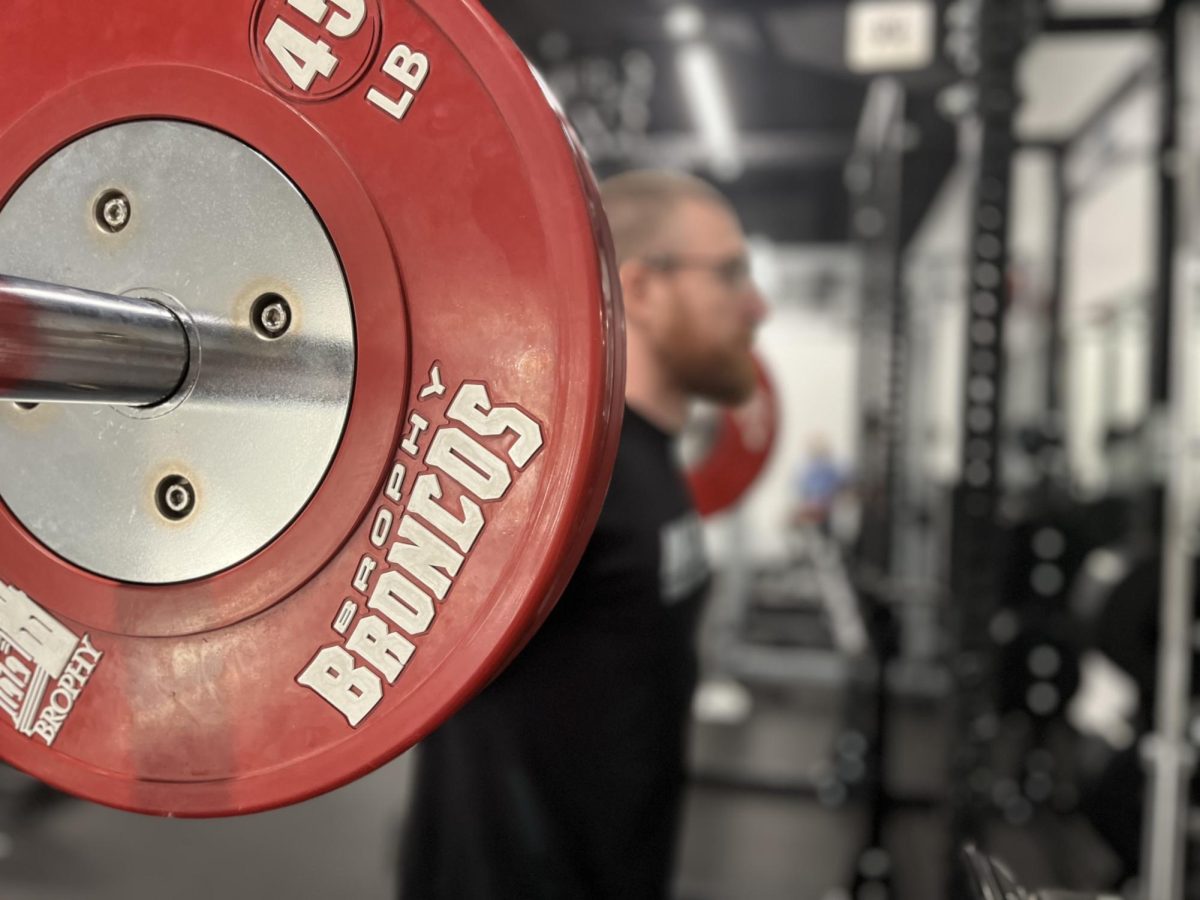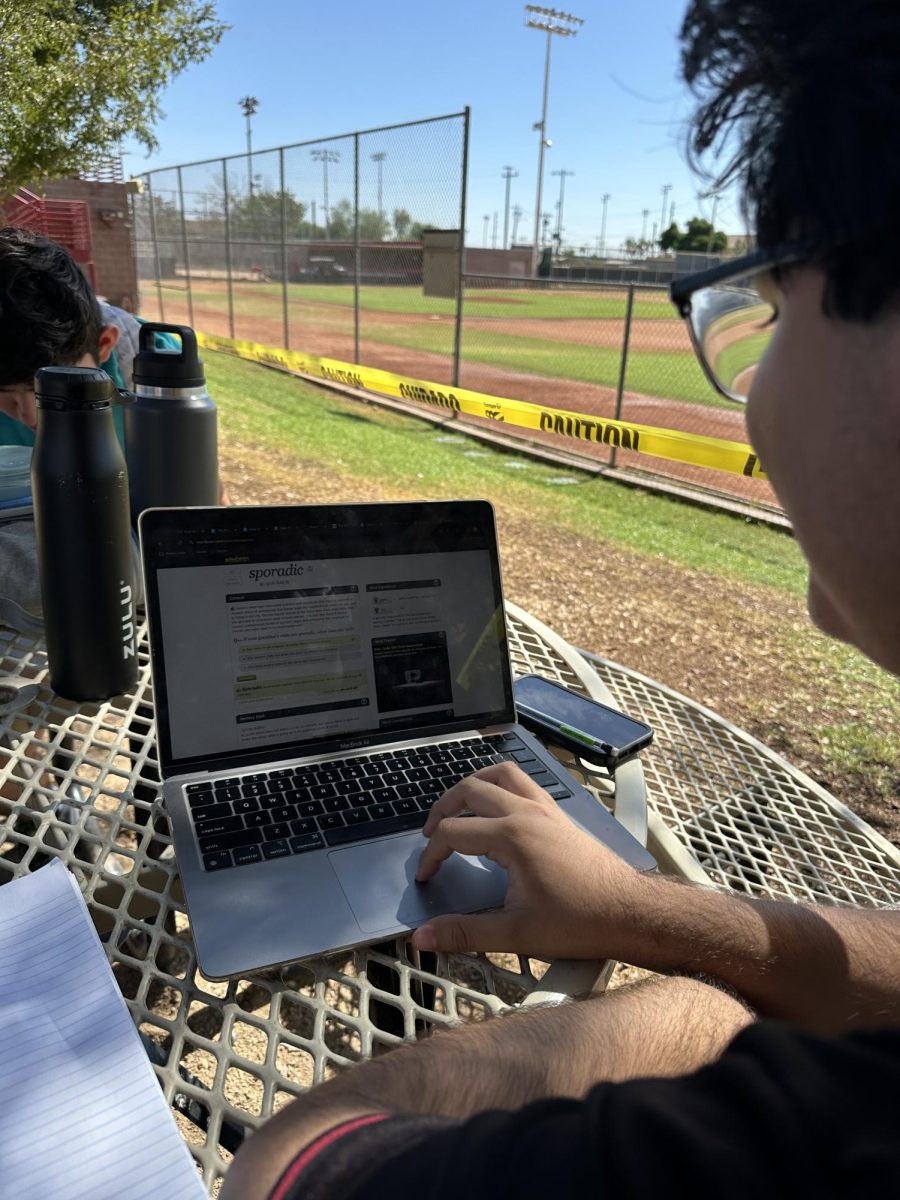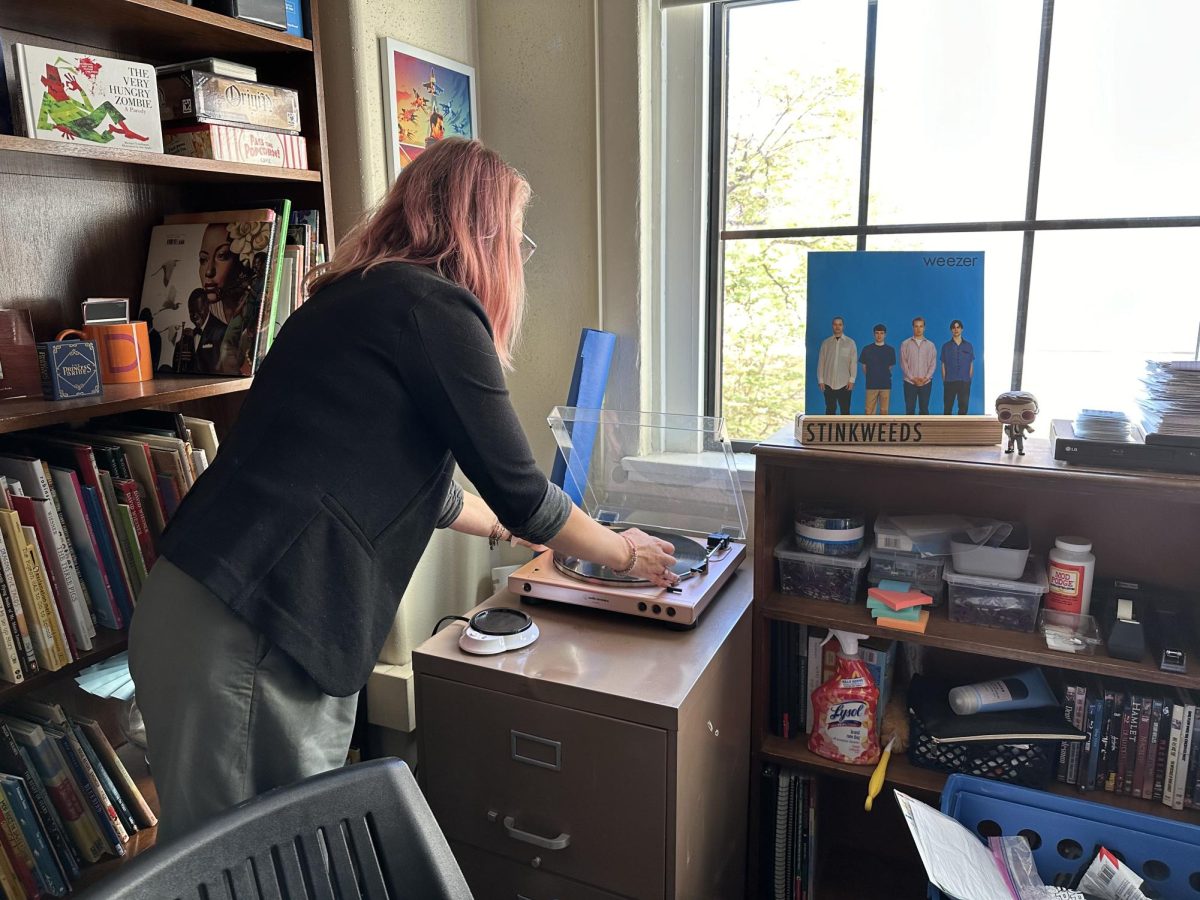Food Summit to explore nation’s ‘obesity epidemic’ as sub topic
By Eric Villanueva ’11
THE ROUNDUP
 With two-thirds of adults and one in three children nationally obese according to U.S. Department of Health and Human Services statistics, what some are calling an “obesity epidemic” is being strategized and fought against on a battlefield stretching from coast to coast.
With two-thirds of adults and one in three children nationally obese according to U.S. Department of Health and Human Services statistics, what some are calling an “obesity epidemic” is being strategized and fought against on a battlefield stretching from coast to coast.
Locally, with one in four Arizonans obese according to the Centers for Disease Control and Prevention, Brophy’s annual Summit on Human Dignity this year will focus on food, one part of the problem with obesity, through three lenses: production, consumption and nutrition.
“From a human dignity stand point, we’re going to look at the causes and trends of obesity, and look at it in terms of affordability of food, what are the social and industrial contributions to obesity, what has happened to portion size, and what has happened to the quality of the food we’re eating,” said Mr. Chris White, Brophy’s head athletic trainer and a member of this year’s Summit Planning Committee.
A little more than 16 percent, and rising, of teens (ages 12 to 19 years old) are overweight or obese, according to the U.S. Department of Health and Human Services. Obesity will soon overtake smoking as the leading cause of preventable death, and Mr. White said now is the appropriate time for a Summit topic that touches on obesity.
“We can’t ignore the fact that our nation has an obesity epidemic,” Mr. White said. “In my opinion, obesity is the No. 1 health concern in this country.”
Though the causes of obesity are wide and varying, obesity boils down to just two things: food intake and exercise.
“When you’re consuming more calories than you’re spending, you’re going to gain weight,” Mr. White said.
Over the past decades portion sizes have grown, the quality of calories has declined and the sources of calories have changed from healthy, fresh food to fatty, sugary, processed food.
According to Mr. White, it is a combination of these trends, as well as the onset of the computer age and the exchange of an active lifestyle for a more sedentary one, which has led to rising trends in obesity across the United States.
However, at Brophy slice-size data collected by Mr. White and his assistant athletic trainers do not show an obese student body, but rather a student body that is susceptible to obesity without actions taken in the opposite direction.
“From our data of the over 250 freshmen assessed already, we have found that our students, in terms of BMI (Body Mass Index), body fat and lean body mass, are better than the national average, which is very good,” Mr. White said.
The government quantifies obesity using BMI, which is based on height and weight.
According to Mr. White, BMI is inadequate because it doesn’t really assess body composition, or where fat and muscle is on one’s body.
In addition to calculating students’ BMIs, Brophy uses the “Bod Pod” to assess body fat.
And here’s where the data becomes interesting and supports the use of the “Bod Pod” in combination with BMI, according to Mr. White.
Someone who is muscular would be classified as “obese” by his BMI test because BMI does not consider the location of fat and muscle weighs more than fat.
“We have found a large number of kids who have normal, healthy BMIs, but have excessively high body fat,” Mr. White said.
Thirty five of those freshmen surveyed had a normal BMI, but had a body fat percentage of 23 percent, which is unhealthy. Mr. White also found that a lot of students were “under lean.”
“Their body fat may be high or normal, but we found they have low amounts of muscle tissue. That’s probably due to being less physically active,” Mr. White said.
However, the surprise and most glaring thing from the data for Mr. White was something observable everyday at Brophy.
“We have a large number of kids who look healthy, they don’t look fat, they look lean,” Mr. White said. “But when you analyze their body composition, they have high fat and low muscle.”
According to Mr. White, the data signals that two things need to change on campus: less soda, more exercise.
“Soda is just empty calories; it’s sugar,” Mr. White said. “It’s setting up people for obesity.”
As “one of the only” schools in Arizona still serving soda, Mr. White said Brophy is going against what everyone else is doing.
“The other thing I would do, and we’re working to this, is making sure every single student at Brophy Prep is physically active on a regular basis and to the point where it is encouraged and reinforced so much that they enjoy and want to do it for the rest of their lives,” Mr. White said.
According to the U.S. Department for Health and Human Services, the Federal Government suggests that teens engage in at least one hour of strenuous activity everyday that leaves them breathing heavily, like basketball.
As for what students take away from the Summit, Mr. White said he also hopes students understand the extent of the problem, not just for themselves but for the nation, as well as the underlying justice issue.
“From a human dignity perspective, who is most often affected? It’s often people who can’t afford good, healthy, fresh food, don’t have access to it, (or) aren’t educated about it, so it really impacts those people more,” Mr. White said.
Read more Summit-related articles in the 2011 Summit Special Section.




















